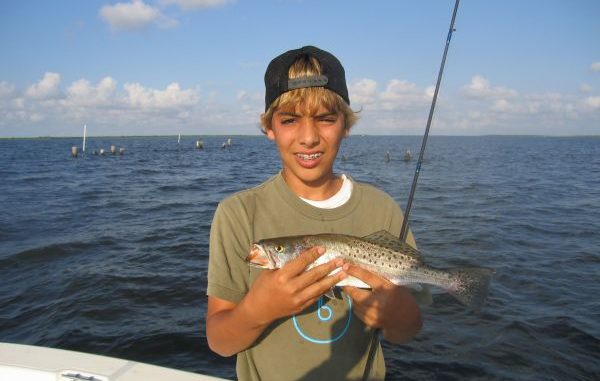
Mapping should be part of consideration
Dear Capt. Paul:
Can you advise me on a type of marine GPS-only unit I should buy to download your maps. Medium-priced unit. Do you sell any units with your maps installed, or what is an EDGE?
– BYU P
Capt. Paul’s response:
Wow, this is a hard answer to give. You know, like suggesting a vehicle to purchase: Each brand has a following. But I will try.
First, the easy part of your question: I do not sell or stock GPS units, and I do not sell maps or charts. The EDGE files are waypoints that are downloaded into your GPS unit.
The Captain Paul’s Fishing Edge of GPS Waypoints will work with almost all leading GPS units.
In order to use these downloads, you must have a GPS unit that can accept downloads. These downloads are then accomplished via a spare memory card or connection cables to your PC.
Most manufacturers also require a transfer program, which is installed in your computer and can read the GPS unit and the data to be transferred.
The Edge files will work with DeLorme, Garmin, Humminbird, Lowrance, Magellan, Ray Marine, My Topo, Chart Navigator, Google Earth and any other unit that can use data from a .GPX file.
The Edge files are available exclusively by Louisiana Sportsman in their online Outdoor Store (www.shopsportsmanstore.com).
The waypoints are delivered as an electronic download that is stored in your computer and copied via the transfer program to the GPS unit via the data cards or connecting cables.
They are stored in the internal memory of the unit and appear as waypoint overlays in whatever mapping program you have in your unit. They are NOT maps that can be installed in your GPS unit.
The mapping program leads me into the first part of your question.
I have seen many GPS users who are not satisfied with the mapping that is installed in their units. Most GPS units come with a base map installed in the internal memory. This is what the name implies, a basic map of the entire U.S.
This mapping shows major rivers, lakes and bays but it does not show the many intricate bayous, pipeline cuts, lagoons, bays and islands that are in our marshes. I believe that the map details in this type of mapping are not what can be used in the marshes of Louisiana.
Most users have to purchase one of the manufacturers’ or an approved type of supplemental mapping program that offers more details in our marshes. These supplemental mapping programs can cost from $100 to $500.
I believe the manufacturers do not offer detailed maps, as they would then have to stock and supply their units for different sections of the country, which can be very costly. And, of course, have the purchaser avoid sticker shock when the unit is purchased.
Many users select their GPS unit by judging them on the type, availability and cost of supplemental mapping programs.
With that in mind, you should first do your homework. Decide what you consider a medium-cost GPS unit — with the necessary mapping you need.
Most of the manufacturers produce a GPS with basically the same type and accuracy in a GPS module. The cost is increased with the size of the screen; how it is encased; the ease of using the software; the available internal memory for tracks, waypoints and routes; how many different navigation and information screens are available; if it can accept accessories, such as temperature and remote antennae and mapping; the technical supported; and whether it is a depth finder combination unit.
These features all add to the overall cost of the unit.
Some manufacturers have a toll-free telephone number and email address for technical support; others have only an email address. Some do not offer any type of instant help.
As I have said, all of these add to the user ability to use the unit and the cost. I prefer those that have a voice on the other end of my telephone line to whom I can speak and get information.
Do your homework before you lay down a bunch of Benjamins for a unit you will not be satisfied with. Most of the manufacturers have websites that list the features and costs of their units. Go to each of them and locate a unit that you think will meet your needs. Print out the features, available mapping software and the support they offer.
Make the time to contact the manufactures for additional info. Make out a short list of these units.
Then — yes there is always a “then” — I suggest that you go to a stocking GPS dealer and view the short list of units you like and the actual mapping that is available for the unit.
Try the buttons and view the screens and note the ease of operating the unit. Try to visualize operating the unit while under way in you boat.
Go to the mapping program and pick out an area that you are familiar with. Use the unit to zoom in on the area and see if the depiction meets your recollection and needs.
Look at the detail and the colors of the screens and mapping, and determine if you can add aerial views to the unit program. Some of the manufactures offer a Sky View, satellite or Birds Eye, or a Vision version of their software.
These suggestions should give you what you will need to make an intelligent choice in purchasing the unit.
If needed, get back to me with your short list for comments.
– Capt. Paul


